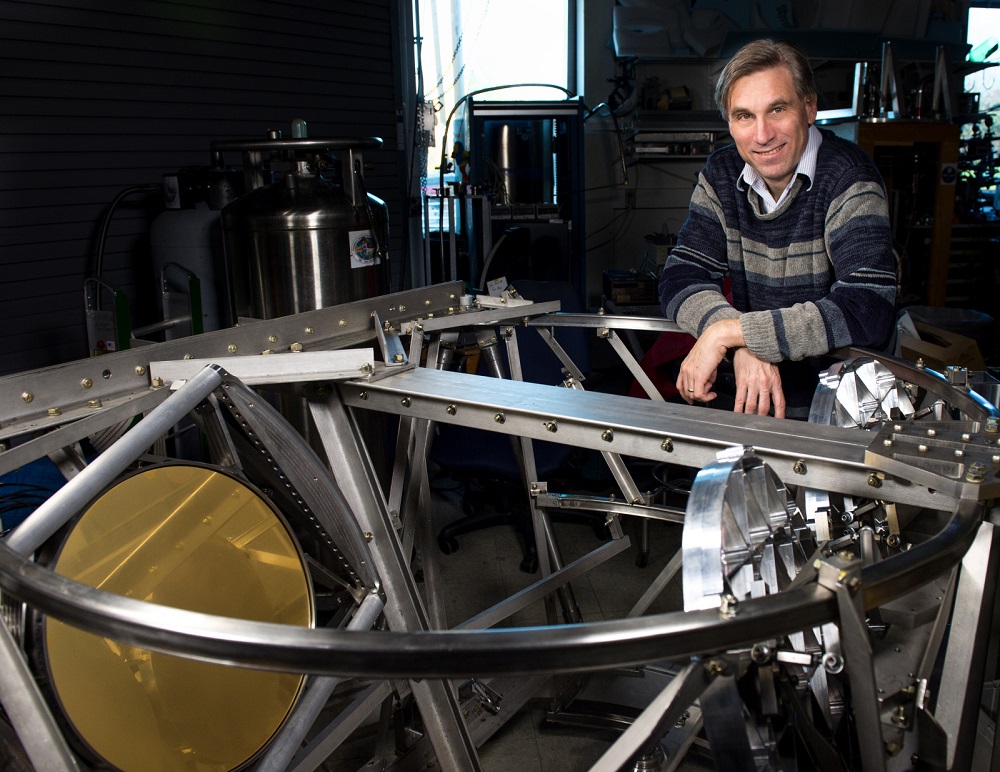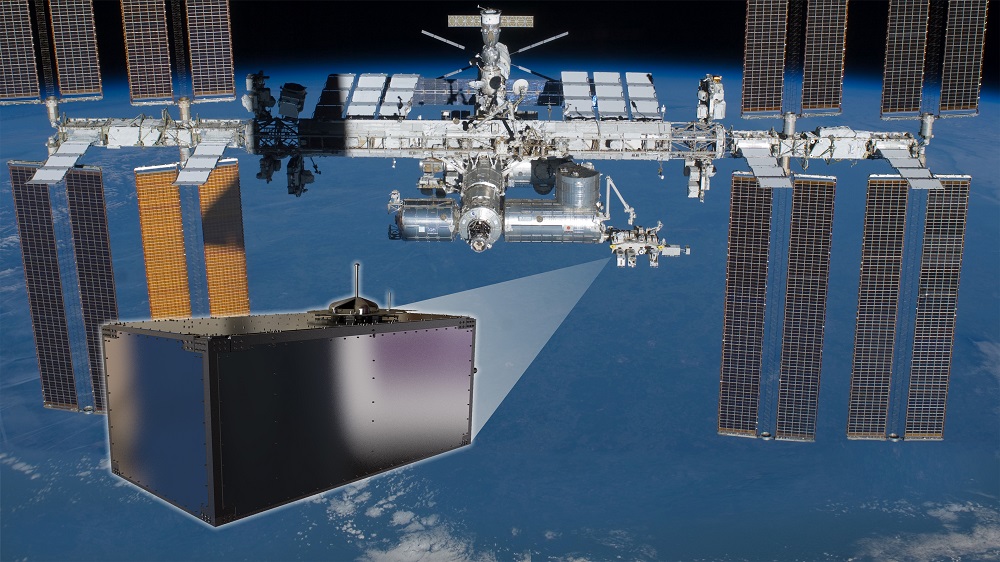
An illustration of the the Balloon Experimental Twin Telescope for Infrared Interferometer (BETTII), a scientific balloon that failed in its mission after the payload seperated from the payload. Image credit: NASA’s Goddard Space Flight Center Conceptual Image Lab/Michael Lentz
NASA is using enormous research balloons to probe the origins of the universe. The Primordial Inflation Polarization Explorer (PIPER), designed and tested at the Goddard Space Flight Center, will soar about 20 miles over the Earth in several test flights over the next few years. It can detect gravitational waves by examining distortions in the cosmic microwave background, allowing researchers to directly study the speed of the universe’s expansion after the big bang.

Astrophysicist Al Kogut worked on the the millimeter-wave telescopes for the Primordial Inflation Polarization Explorer (PIPER). Image credit: NASA’s Goddard Space Flight Center/Bill Hrybyk
The Cosmic Ray Energetics and Mass (CREAM) experiment also originated as a balloon-borne mission, but is now headed for the International Space Station to detect cosmic rays from outside of Earth’s atmosphere.

An illustration of the Cosmic Ray Energetics and Mass (CREAM) on the International Space Station. Image credit: NASA
Find more information here.
Filed Under: Aerospace + defense




